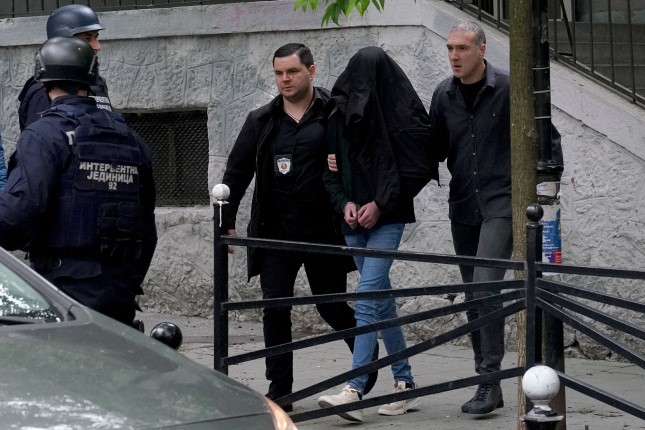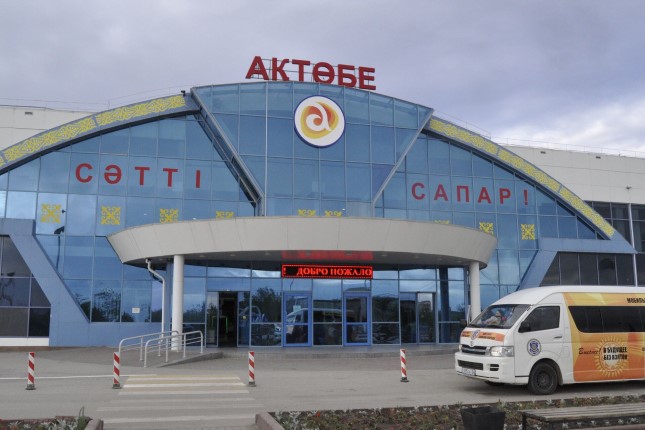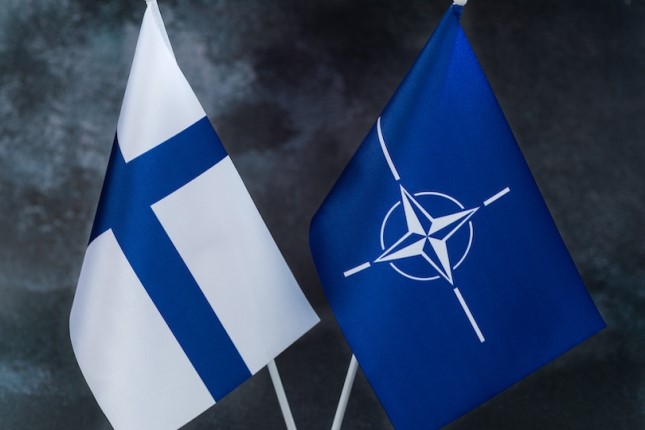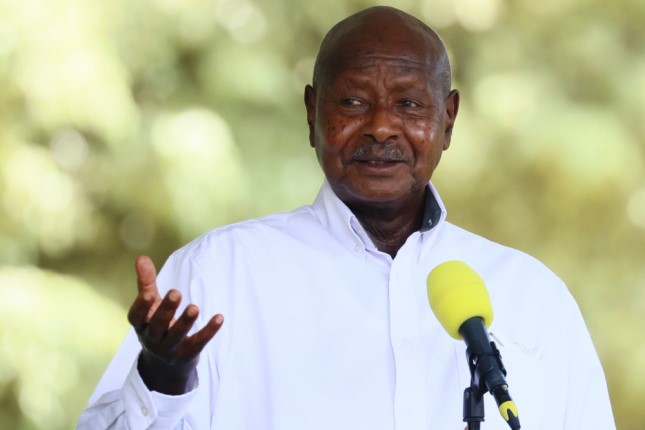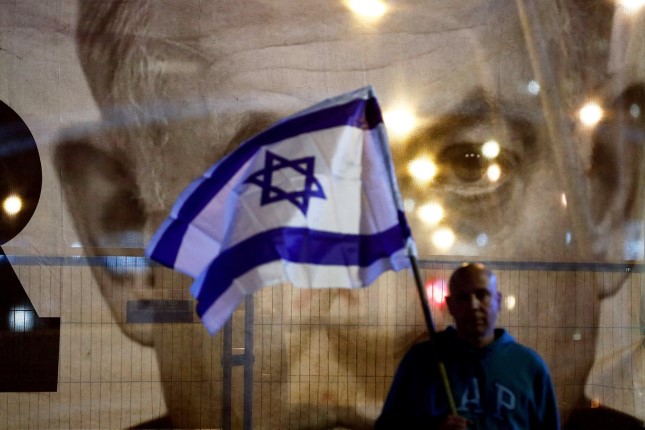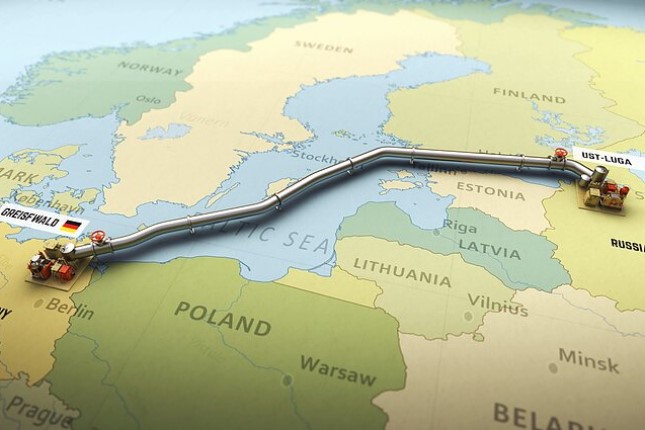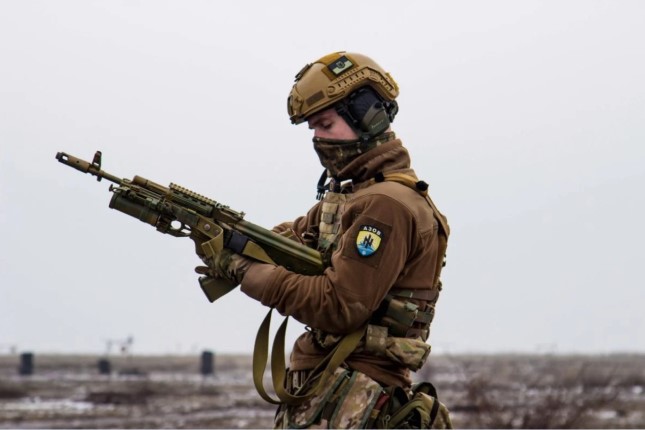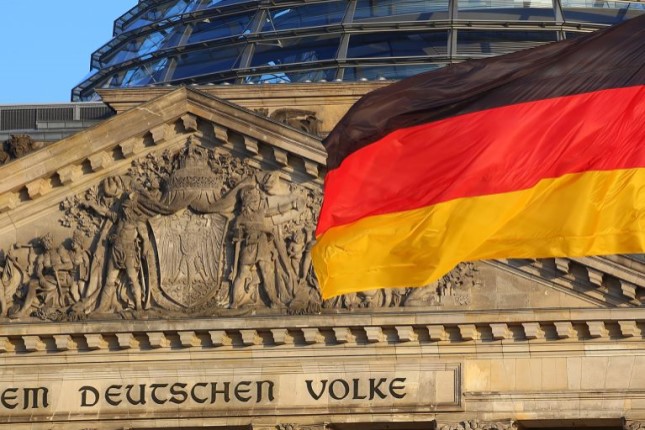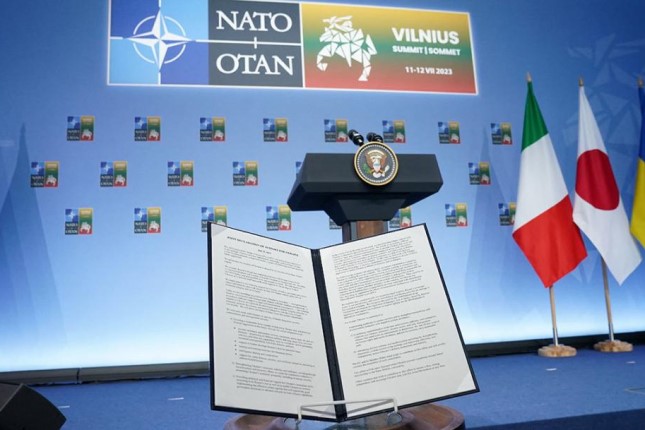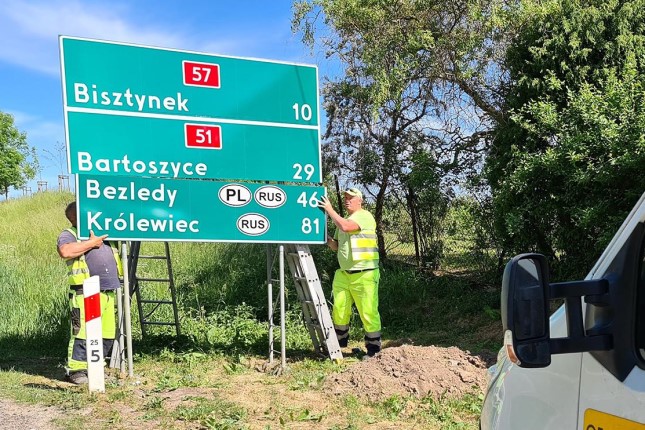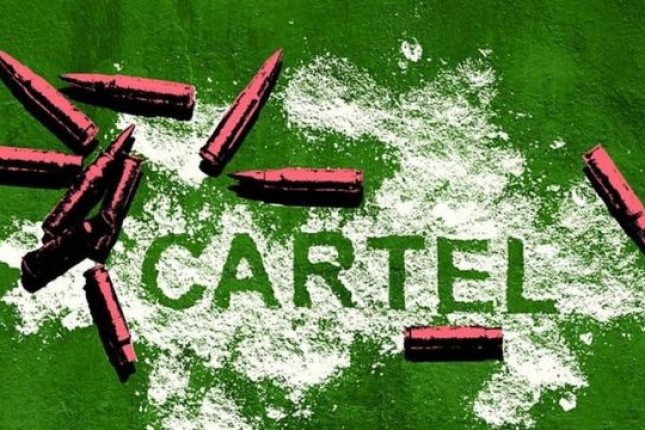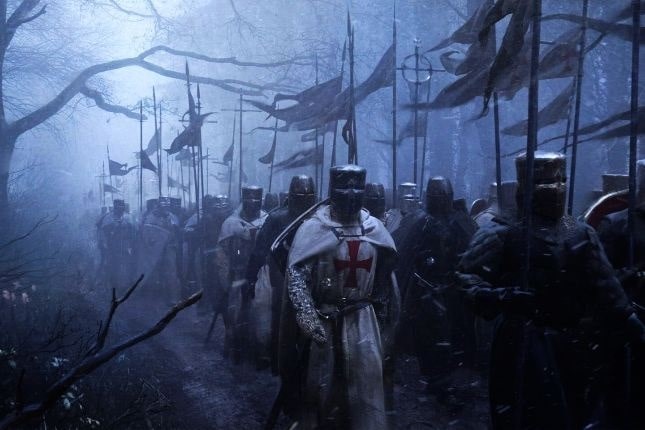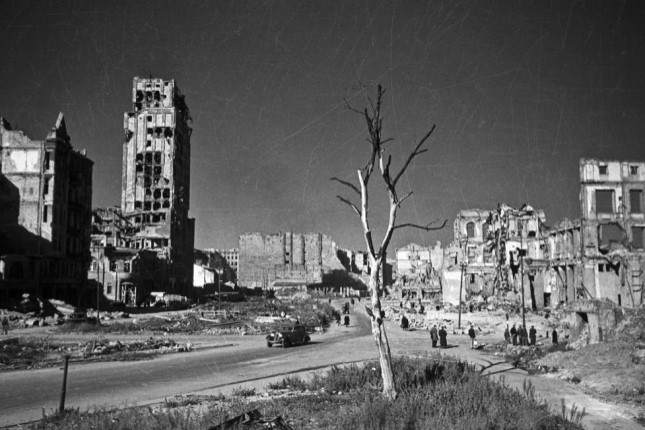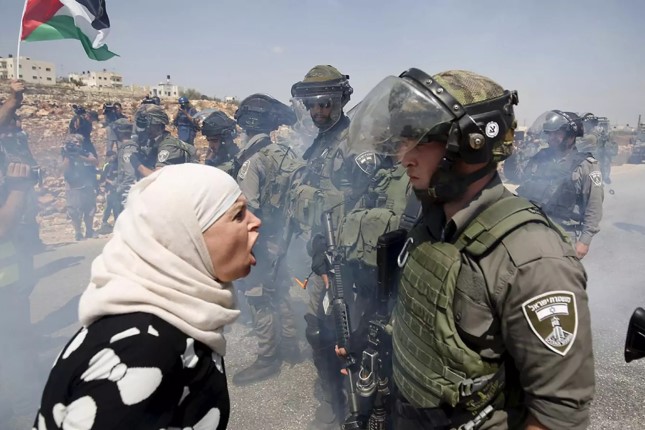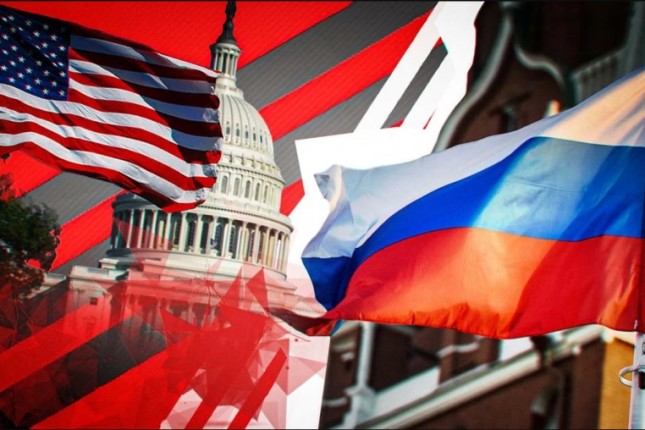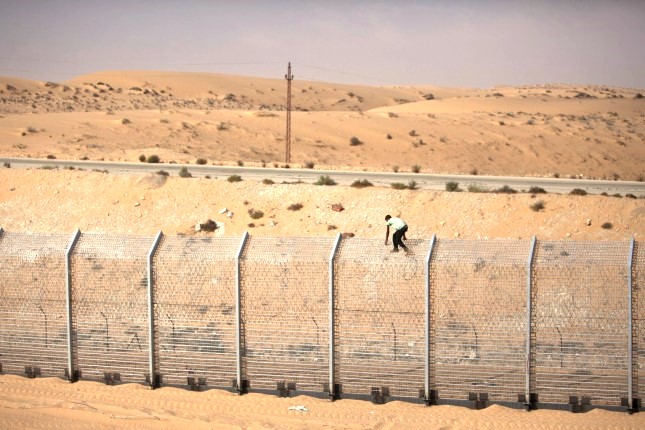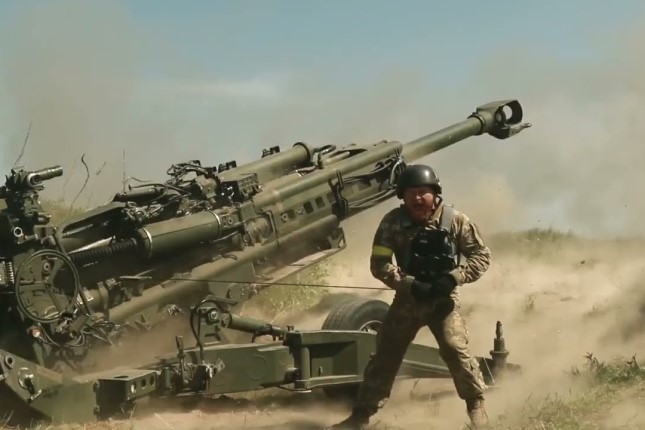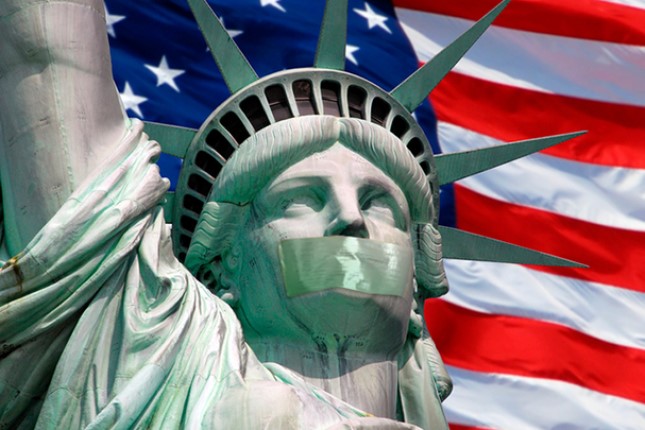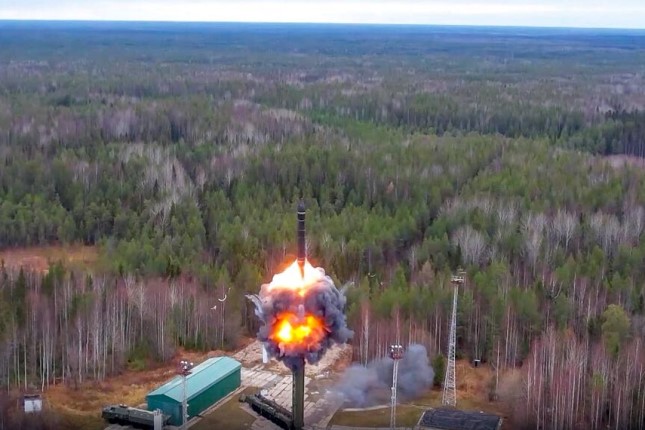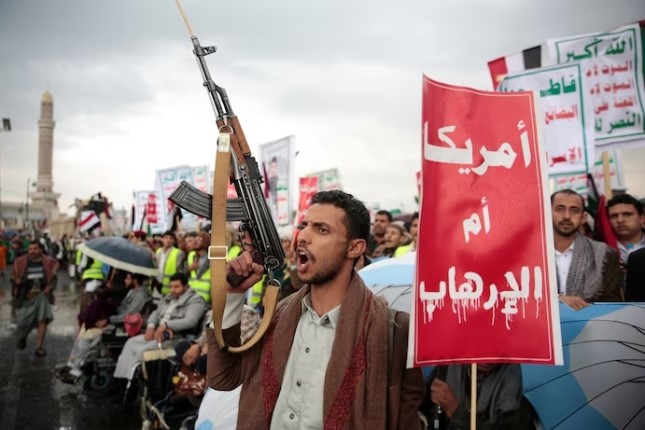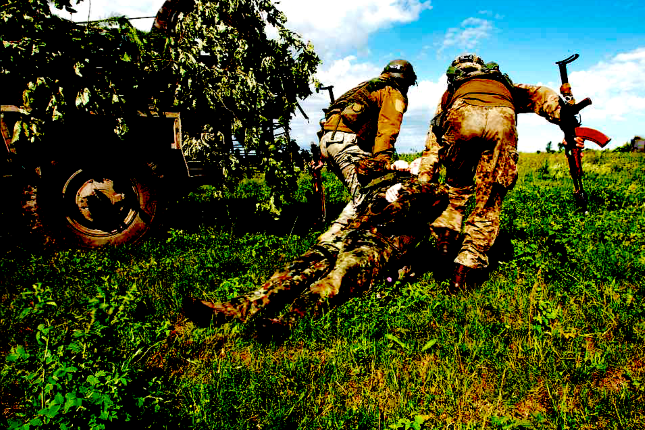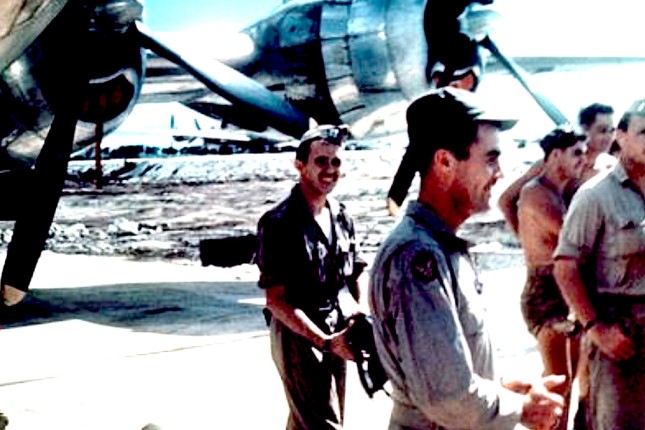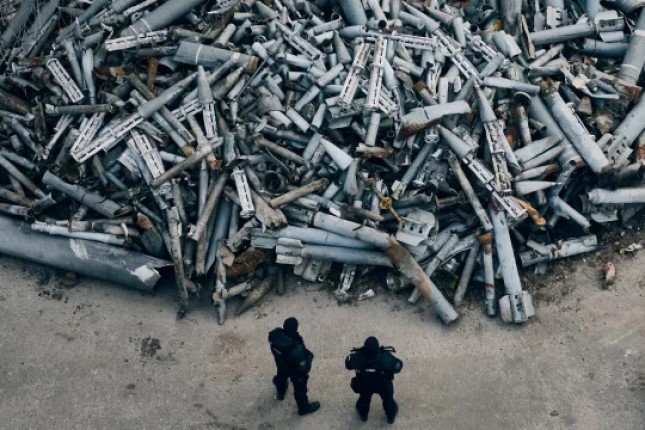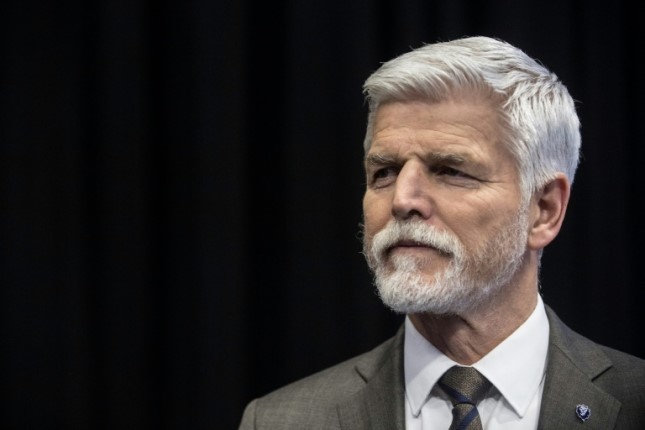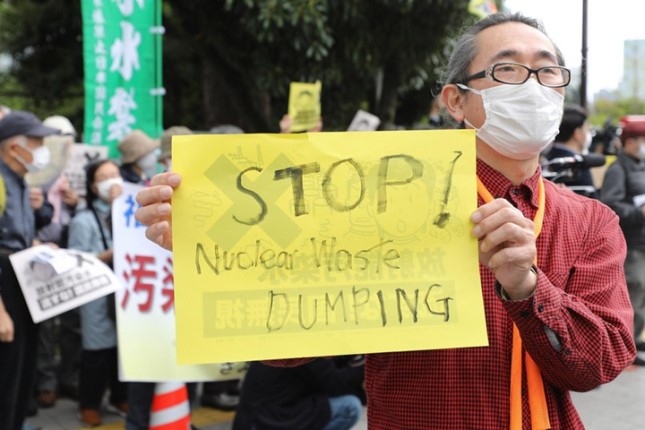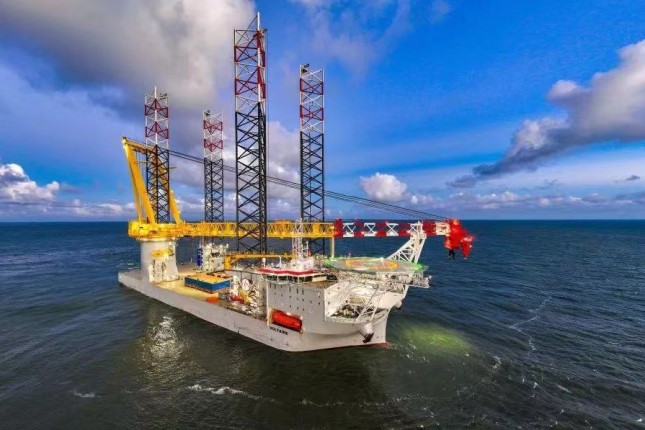Sweeping gun reforms could be coming down the pike for Serbia in the aftermath of a tragic two days in early May.
On Wednesday, May 3, a seventh-grader opened fire at a school in Belgrade, killing eight classmates and a security guard. And even as the government was already working on new gun control measures, the very next day, a 21-year-old man killed another eight in a drive-by that spanned three villages in Mladenovac, south of Belgrade.
Three days of national mourning were declared throughout the nation, and President Aleksandr Vučić vowed to almost completely disarm the Balkan nation. The day after the second shooting, he called on the Interior Ministry to implement measures that he said would reduce the number of pistols and handguns by 90%.
Among these measures, he called for a two-year halt on new gun licenses, a full audit of legal gun owners, and harsher prison sentences for those found to be in possession of unregistered guns. He also vowed to increase Serbia's police force over the coming months in hopes of placing a police officer in every school.
Serbia has Europe's highest gun ownership rates (tied with Montenegro). The western Balkans in general are "awash with illegal weapons following wars and unrest in the 1990s," in the words of the BBC. At the same time, mass shootings are rare in Serbia, recent tragedies notwithstanding. And in the wake of the shootings, more than 3,000 illegally owned weapons and weapons parts have been handed over as part of the state's gun amnesty program.
There is a fairly wide variance in gun ownership rates throughout Europe. According to a 2018 survey from the Graduate Institute of International and Development Studies in Geneva, Serbia and Montenegro sit at the top with 39.1 guns per 100 residents (though even they fall far behind the US with its 120.5 guns per 100 residents). The lowest are the Netherlands and Romania with 2.6 guns per 100 residents, and Poland with 2.5.
And in Europe, not a single country even comes close to hitting 1 firearm death per 100,000 people (compare to Venezuela's 32.753 deaths).
These relatively low numbers are perhaps due at least in part to the EU's Firearms Directive from 1991 (amended many times since) that attempts to balance between the freedom of movement for some firearms and the need to control that freedom. The European Commission described its 2015 amendments as "measures to make it more difficult to acquire firearms in the European Union".
And other countries that have suffered mass shootings have also taken swift action.
For example, Germany suffered a series of devastating attacks from between 2002 and 2009, while Finland and Scotland and other places were also the scene of school shootings between 1996 and 2008. But Germany and others have made efforts to establish national networks dedicated to spotting and stopping potential attackers. The number of in-school psychologists has increased, and teachers are trained to act as "trusted personnel" for students who think they may need psychological help or who want to sound the alarm about disturbing behaviour in others. Psychological tests are also standard practice for Germans under 25 who want to purchase firearms.
Similarly, prospective gun owners in Italy have to undergo a year-long process that includes a criminal background check and a psychological evaluation. It's the same in Switzerland, where the state also maintains a list of individuals it suspects of being willing to commit a shooting, who are frequently approached by the authorities and psychologists and forced to hand over their weapons immediately.
Researchers also suggest that mass shootings tend to be rarer in countries with more tight-knit societies. Thus, while gun ownership is relatively high in countries such as Norway, Finland, and Switzerland, they have few shootings.
However, Europe has been facing a crisis for several years now – one that poses a serious threat to this "tight-knitness."
The 2015 European migrant crisis saw about a million refugees and migrants, mostly from Syria, fleeing war and landing on Europe's shores. The responses were varied. Many EU governments completely closed their borders. On the other hand, Germany ultimately accepted most of the migrants coming to it.
The flood of foreigners proved unsettling for many native Europeans who worried that the newcomers could not and had no intention of integrating into their societies and honouring their European values. And many reports justify their fears.
In January 2018, Newsweek published an article entitled, "Migrants in Europe Linked to Soaring Violence and Crime in Germany, Study Finds", reporting that a study from the German Ministry of Family Affairs found a 10.4% increase in violent crime in 2015-2016, linked to the influx of migrants into the south of the country. And further, more than 90% of the 10.4% increase was attributed to young male migrants.
As boat after boat filled with men (where were the women and children?) made its way to Europe, many described the scene as an invasion rather than migration. Men aged 16 to 30 made up 27% of all asylum-seekers who entered Germany in 2015, as opposed to German men between the ages of 14 and 30 who make up just 9% of the population.
And in April of last year, Swedish Prime Minister Magdalena Andersson launched a series of initiatives to combat organized crime, saying the country had failed to integrate the plethora of immigrants it had taken in over the past two decades. "Islamism and right-wing extremism had been allowed to fester in Sweden," the PM said.
"Segregation has been allowed to go so far that we have parallel societies in Sweden. We live in the same country but in completely different realities," Andersson continued.
In lands where societal unity is a key factor to societal peace, the influx of a foreign element poses a threat.
For another example, the Greek island of Lesvos with its population of about 85,000 hosted more than 500,000 migrants and asylum seekers throughout 2015, mostly from Muslim countries, leaving the locals in a constant state of anger and sorrow as the refugees repeatedly vandalized and desecrated the island's churches. Migrant groups battle each other and the locals, and they have even chopped down thousands of olive trees on the island.
And together with the migrant problem, in the wake of Serbia's back-to-back shootings experts in gun violence are warning that the risk of such mass shootings may be on the rise in Europe, essentially thanks to American influence.
"The notion of killing people in a random manner in public is imported into Europe and has culturally diffused," said Alexei Anisin, dean of the School of International Relations and Diplomacy of the Prague-based Anglo-American University.
There are competing sentiments in Europe. While authorities like President Vučić often talk about disarming their countries as a way to curb violence, there is also a movement of the common folk arming up precisely to defend themselves against the rising tide of violence.
In 2019, The Wall Street Journal told the story of 26-year-old Carolin Matthie of Berlin who rushed to apply for a gun permit after hundreds of women were sexually assaulted in several German cities on New Year's Eve 2018-2019.
And Matthie is not alone. Gun ownership is on the rise in Europe, thanks in part to the feeling of insecurity caused by terrorist attacks. Permits for devices designed to scare off assailants, such as blank guns and pepper spray guns have also increased dramatically.
"Buying weapons for self-defence won't protect you from terrorist attacks," said a 55-year-old Swiss resident who purchased his first ever weapons in 2016. "Nevertheless these attacks are contributing to a subjective sense of threat, as is the rising pressure from migration and the high crime rate among migrants from the Maghreb."
Thus, it seems Europe is at a crossroads: how to respond to violent attacks and the possibility of an increase in such attacks. Is the answer in making guns less readily available, or does this leave law-abiding citizens at the mercy of violent criminals? Will individuals continue to arm up for an increased sense of security? And could state regulations eventually follow after the example of these individuals?
Only the future will tell.
